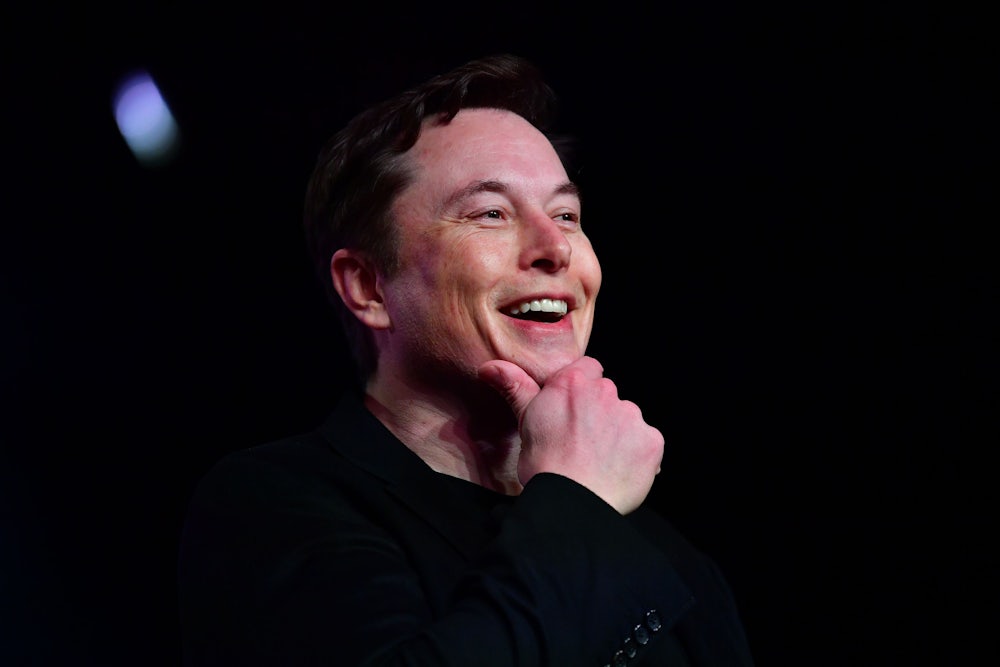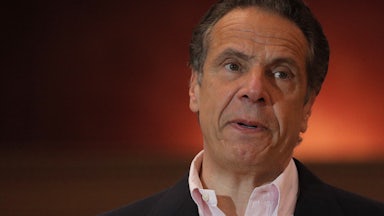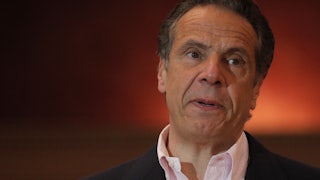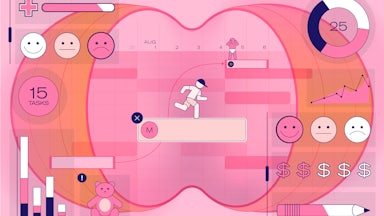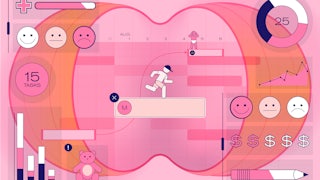One night in 2003, engineers J.B. Straubel and Gene Berdichevsky stayed up late talking about the untapped potential of lithium-ion batteries. Lighter and more efficient than traditional batteries, they already powered camcorders and laptops, the engineers reasoned—so why not a car? According to Tim Higgins’s account in Power Play, a new and unauthorized book about Tesla, the pair celebrated their idea by hitting some spare lithium batteries with a hammer and watching as the impact “set off a reaction that ignited a fire,” sending bits rocketing into the brightening dawn sky.
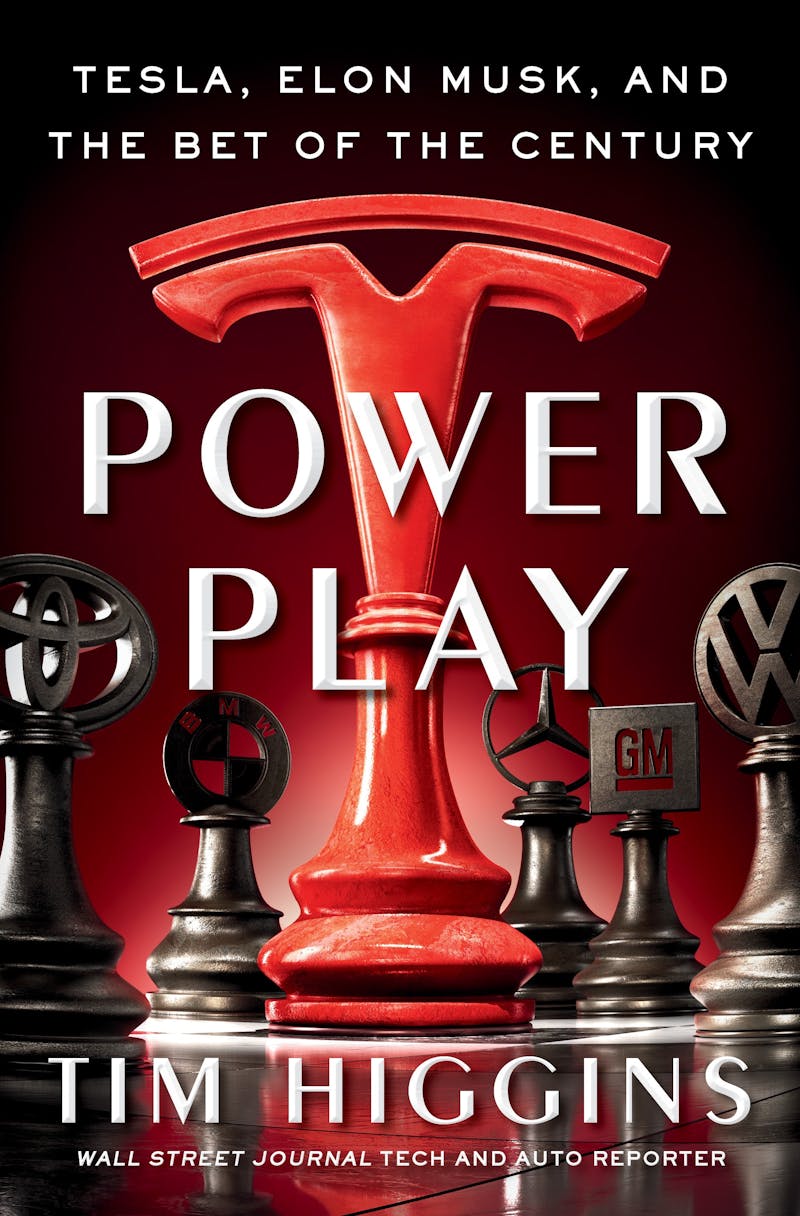
It’s an inspiring image in Higgins’s telling, but also a foreboding one—suggesting both the explosive growth that Tesla’s eventual CEO Elon Musk has pursued in the global car market and the problems that still plague Tesla in controlling the vulnerability of lithium-ion batteries to fire. Last week, for example, over 30 fire trucks and 150 firefighters in Victoria, Australia, fought to contain a massive fire at a Tesla facility caused when one, then two 13-metric-ton lithium battery packs caught fire inside a shipping container.
Much has changed since 2003. Like Martin Eberhard, the engineer who, most would agree, preceded Musk as the “face” of Tesla, neither Straubel nor Berdichevsky works at the company now. Musk became an investor in 2004 and by 2008 was CEO. Under his rule, Tesla has become the highest-valued car manufacturer in the world and has put cars running on batteries on the real streets of major cities, not just the imaginary highways of Silicon Valley finance. A clear illustration of the brand’s ubiquity came earlier this year when Britney Spears’s little sister Jamie complained about the silence of the Tesla’s engine, blaming it for the death of multiple pets and calling Musk a “secret cat-killer.”
Along the way, Musk has enraged the Securities and Exchange Commission by tweeting about pricing Tesla shares at $420 (a joke intended to amuse his girlfriend, the musician Grimes); called a diver involved in rescuing children trapped in a cave in Thailand a “pedo guy”; dog-whistled to incels in public by mentioning “the red pill”; and plunged into heated discussions about the running of his company. When an admirer on Twitter set out to correct “the old lie, ‘Martin Eberhard founded Tesla, Elon Musk stole it from him!’” Musk added that “Eberhard was fired from the Tesla CEO role in mid 2007 for providing false information to me & the board,” following up with a tweet: “He plays the ‘poor inventor’ card, but was rich all along & invented nothing (as far as I know).”
Without Musk, telling the story of Tesla might be a more straightforward endeavor—of the triumph of science and innovation over a seemingly intractable technical problem, or some other version of the Great Industrialist fairy tale. With Musk at its center, it becomes something thornier: that of a tech giant whose extraordinary leaps forward in the art of cooling down batteries justify the lavishly unpleasant behavior of its entitled leader. This tension between figurehead and technology is often spoken of as a contradiction. But what if Musk is Tesla’s most effective marketing strategy, disguised as a public relations liability?
Tesla appeared an unlikely proposition when it was founded in 2003. The reason that rechargeable lithium-ion batteries had long been a nonstarter for car companies considering electric vehicles, Higgins writes, is because of their tendency to overheat. Under the tightest production standards, scientists had found, “random cells were always going to get too hot and spark thermal runaway.” Even if problems only affected one in a million cells, Higgins explains, that would still be an unacceptably high margin of car explosion to a risk-averse behemoth like a car manufacturer.
I’m no scientist, but Tesla’s great engineering achievement—at least as it appears in Power Play—seems to have been in developing not new batteries but ways of managing and arranging them in large numbers. “Through trial and error,” Higgins writes, a Straubel-led team “realized that if they had each cell lined up a few millimeters from its neighbor, snaked a tube of liquid between them, and dumped a brownie-batter-like mixture of minerals into the resulting battery pack, they could create a system that contained overheating.” The odd defective cell might still heat up, but “its energy would dissipate to its neighboring cells, with no individual cell ever reaching combustibility.”
The main danger Tesla vehicles continue to face is not the cells setting themselves and each other on fire but what happens when a battery pack gets damaged in an accident. In August 2019, for example, a Tesla Model 3 dramatically exploded twice after a collision in Moscow, causing a raging fire in city traffic. In April, firefighters in Dallas, Texas, spent four hours putting out a fire “caused by the lithium battery continually re-igniting,” Batteries International reported, when a Tesla Model S crashed. Nobody was in the driver’s seat, but two passengers were killed.
The autopilot program had “attracted a lot of attention” when it rolled out in 2015, Higgins writes, “further burnishing Tesla’s credentials as a car of the future.” But some at Tesla, like autopilot lead Sterling Anderson, Higgins writes, worried that Musk was implying that his cars could drive themselves. In fact, the cars require the driver to keep their hands on the wheel, supervising the program and telling the car that they are still awake and present. But “when Musk took TV reporters out for rides, he quickly demonstrated Autopilot—with his hands off the wheel.”
The Tesla battery’s flaws may be statistically insignificant compared to the problems with gas engines, which frequently explode upon collision in the short term, as well as destroying the world through emissions in the long term: The battery fires are just terrifying and highly dangerous on the rare occasion when they do happen. It’s an interesting problem, which is not easy or appealing to communicate in marketing materials. But Tesla doesn’t have to worry, because a disproportionate share of the attention the press pays to the company is focused on Elon Musk.
Born in South Africa, in 1971, to parents Errol and Maye Musk, an engineer and fashion model respectively, Elon Musk grew up during the apartheid era, went to Canada for university, then moved to the United States, where he became a tech entrepreneur worth millions by his late twenties through his involvement with PayPal. Though Musk did not himself invent the technology that is key to the Tesla product, he has built an immensely successful company around it, taking advantage of massive government subsidies for green technology and otherwise positing the company as a civilizational breakthrough.
What’s really striking in Higgins’s portrait of Musk is his need to own multiple, even conflicting, narratives, as he strives to embody both the business and the engineering sides of Tesla. Higgins describes Musk as “notoriously thin-skinned” and sensitive to the accusation that he acquired, rather than created, Tesla. “When Valleywag suggested he didn’t deserve credit as a PayPal founder,” for example, “Musk responded with a more-than-2,000-word rebuttal, complete with footnotes.” When Martin Eberhard tried to sue Musk for libel in 2009, Higgins notes, Musk “responded on the company’s website with a massive recounting of Tesla’s history as seen through his eyes.”
His business strategy, as it appears in Power Play, has been to promise futuristic tech at affordable prices, delegate the work involved to hired engineers and executives, then blame (and fire) those personnel as soon as foreseeable problems emerge. While developing the Model X, Higgins relates, Musk fired a paint shop manager for telling him that the production timeline he’d already announced was impossible. “He was one of many,” Higgins writes, “who would learn to keep their doubts to themselves if they wanted to keep their job.” The sheer number of people Musk fires in anger in Power Play is nerve-wracking just to read about. For a while, Higgins recounts, his ire often fell on an exec called Peter Rawlinson. In one disagreement, Musk “towered over Rawlinson during a disagreement. ‘I don’t believe you!’ Musk screamed as he jammed a pointed finger towards Rawlinson’s chest. ‘I don’t believe you!’”
It is a brutal and flashy way to do business, but there’s a sense in Power Play that it may all be somehow worth it. In the long view of things, Musk could be admired as a kind of ruthless management genius, Higgins suggests, an antihero with the single-mindedness required to drag the world into a greener future.
As a result, Power Play is both entertaining and tonally unharmonious. Higgins has had to write a fairly detailed book about battery cell technology, while simultaneously painting a portrait of an idiosyncratic investor compelled to take the limelight. He cannot help but present them as two sides of a binary, whether it’s product versus engineering, man versus nature, or Elon Musk versus General Motors. Over the course of the book, what feels like confusion emerges: Is Tesla a story about battery fires? Free thinking and its power to disrupt a century-old business paradigm? A trite old fantasy about a very confident man coming along to save the world?
In the end, Higgins gives us an Elon Musk who functions most strikingly as a diversionary tactic. It happens again and again: The man whose personal peculiarities at first appear to be an impediment to his company’s “progress” is a curiously consistent phenomenon. Slowly, the story of Tesla turns out to be a story about fires, from beginning to end, just artfully disguised by personality: It is difficult to examine battery technology when Elon Musk’s tweets are taking up all the Tesla-allotted media space. For every technical issue, there’s a bigger story about a bad tweet eclipsing it in the public imagination.
The “contradiction” Higgins articulates (“while Musk’s vision, enthusiasm, and determination carry Tesla; his ego, paranoia, and pettiness threaten to undo it all”) is actually an image Musk has long cultivated, making Higgins’s book not a tell-all about a founder’s personality flaws but a reiteration of Tesla’s own self-presentation.
